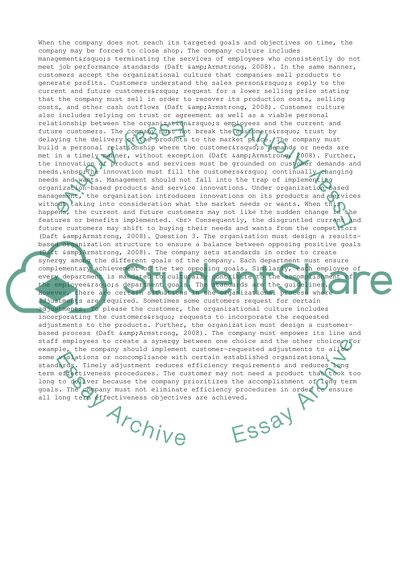Cite this document
(Organizational Design Theory and Design Assignment - 1, n.d.)
Organizational Design Theory and Design Assignment - 1. Retrieved from https://studentshare.org/management/1469370-case-study
Organizational Design Theory and Design Assignment - 1. Retrieved from https://studentshare.org/management/1469370-case-study
(Organizational Design Theory and Design Assignment - 1)
Organizational Design Theory and Design Assignment - 1. https://studentshare.org/management/1469370-case-study.
Organizational Design Theory and Design Assignment - 1. https://studentshare.org/management/1469370-case-study.
“Organizational Design Theory and Design Assignment - 1”, n.d. https://studentshare.org/management/1469370-case-study.


